Redefining priorities for sustainable urban growth

This is an urban underground bus terminal with various people waiting for public transportation via buses and trains in Bucharest, Romania.
By Joseph Wong
IN Malaysia, the conventional paradigm of urban expansion without limits is swiftly losing relevance. Faced with the looming threat of climate change and the undeniable constraints of finite resources, it’s crucial for the nation to reevaluate its developmental strategies, placing a greater emphasis on sustainability rather than unchecked growth.
The old paradigm of relentless economic expansion, characterised by the construction of mega-highways and luxury condominiums, is no longer tenable in the face of a slowing urban population growth and mounting environmental challenges. The consequences of unchecked construction, including soaring carbon emissions and depletion of natural resources, pose grave threats to both present and future generations.
As the world confronts the urgent imperative of mitigating climate change, Malaysia, in playing its part to reduce carbon emissions, has to acknowledge the limitations of perpetual growth and embrace a more sustainable trajectory for development. This necessitates a fundamental shift in our urban planning and infrastructure policies, moving away from the outdated notion of endless expansion and towards a more balanced and ecologically conscious approach.
One key aspect of this transition is reevaluating the nation’s transportation systems, particularly in urban centres where congestion and pollution are more rampant. Rather than perpetuating the cycle of car-centric development with the construction of more highways and the proliferation of expensive condominiums, we must prioritise investments in public transportation infrastructure and promote sustainable modes of mobility.
Encouraging greater utilisation of public transportation as a viable alternative to private cars holds immense potential for reducing carbon emissions and alleviating traffic congestion. By improving the accessibility, affordability and efficiency of rail and bus transport, more people can be incentivised to make the switch from cars to public modes of transportation, thereby mitigating the environmental impact of urban mobility while enhancing overall accessibility and inclusivity.
Improving public transportation
Real Estate and Housing Developers’ Association (Rehda) president Datuk NK Tong informed StarBiz7 that in some presentations over the 13 years at the World Class Sustainable Cities conferences in Kuala Lumpur, organised jointly by Rehda KL, Malaysian Institute of Planners (MIP) and Malaysian Institute of Architects (PAM) with the support of Kuala Lumpur City Hall (DBKL), pertaining to real estate development, he witnessed possibilities for encouraging greater utilisation of public transportation.
In Latin America’s Argentina, Brazil and Chile, bus rapid transit (BRT) is the king of transportation. BRT mirrors rapid rail transport systems, catering to commuters seeking cost-effective and efficient journeys. It operates as a counterpart to metro and rail services, capable of achieving comparable daily capacities when equipped with modern infrastructure and automated fare collection methods. Moreover, BRT offers enhanced passenger comfort, contrasting with crowded peak-hour trains. Its reliability and convenience surpass traditional city bus services, minimising waiting times, delays and uncertainties.
In the respective cities Buenos Aires, Curitiba and Concepcion, the traffic congestion issues reached a point where drastic measures had to be implemented so the respective governments introduced efficient BRT networks running through the cities while restricting the entry of cars, thereby forcing the population to use public transportation.
While this initially upset the residents, they soon realised the benefits of enjoying ease of movement within the city. And there were added advantages. The air became cleaner, there was less noise and businesses flourished.
“In the case of Curitiba, they prioritised buses by creating bus lanes along major road arteries to create an effective and efficient network without the major expenditure of underground MRTs. The displaced car traffic was diverted to secondary roads and this encouraged a much higher ridership of their bus network.,” Tong said.
However, BRT is just one form of public transportation. Investing in rail and bus infrastructure and prioritising public transportation not only yields environmental benefits but also contributes to broader socio-economic objectives. A well-functioning public transportation system fosters social equity by ensuring access to mobility for all segments of society, including low-income individuals and marginalised communities.
Proliferation of high-end condominiums
The other area of concern is the overbuild of high-end condominiums within cities. Despite the dearth of affordable housing options, major cities in Malaysia are experiencing a paradoxical surge in the development of luxury condominiums. Due to limitations on housing construction imposed by urban areas, developers tend to target affluent clientele, especially considering the need to manage cross subsidies. It’s a reality check – prime land, particularly in inner-city locales, comes with a hefty price tag. The disproportionately high cost of residential land, relative to overall home prices, constricts the availability of housing accessible to lower-middle-income earners. Additionally, zoning ordinances in real estate further constrain the supply of residential land. This scarcity of developable land for housing drives developers towards the luxury market.
For instance, an undeveloped parcel of land in Tun Razak Exchange (TRX) can command prices as high as RM3,000 per square foot. To break even, developers would need to sell units in condominiums at such locations for over RM1mil, accounting for construction labour, building materials and permit expenses. Furthermore, the costs of materials and labour are continually escalating.
Demanding more wallet-friendly housing is undoubtedly a step in the right direction but it fails to tackle the underlying problem. Property developers naturally gravitate towards the highest-paying customers to offset the expenses associated with land acquisition and development. Consequently, they incorporate luxury finishes and amenities that are neither desired nor financially feasible for middle-class homebuyers.
The solution: Increase sustainable supply
Increasing the supply of housing options is the only sustainable way to address the affordable housing shortage and at the same time, bring life back into the city.
Imagine a neighbourhood with only fine dining establishments. It caters exclusively to the affluent, leaving many hungry individuals unable to afford the prices. In contrast, a neighbourhood offering a variety of dining options, from upscale restaurants to affordable eateries, food trucks and carts, ensures more people are fed. Similarly, diversifying housing development options can mitigate prices and provide a broader range of choices for potential buyers and renters.
By permitting higher density units, mixed-use buildings, accessory dwelling units or duplexes, and streamlining the permit process, the path is cleared for the construction of diverse housing options. While there may still be luxury condominiums built, middle-class homebuyers will have ample alternatives to consider. Of course, all conducted in a greener manner as achieving net zero carbon emissions is of great importance nowadays but that is another story.
Ultimately, by curbing the proliferation of mega-highways and luxury condominiums, resources can be redirected towards initiatives that promote sustainable urban development and enhance quality of life for residents. This includes investments in green spaces, pedestrian-friendly infrastructure and affordable housing options that prioritise environmental stewardship and community well-being.
In essence, the transition towards a more sustainable economic paradigm requires a holistic reevaluation of our priorities and policies. By embracing principles of sustainability, resilience, and inclusivity, the nation can chart a path towards a more prosperous and equitable future for all Malaysians, one that respects the finite boundaries of our planet and ensures the well-being of generations to come.
The transition to a sustainable economic paradigm is not merely a choice but a necessity for Malaysia and the world at large. By embracing principles of sustainability, resilience, and inclusivity in our urban development strategies, we can create cities that are not only economically prosperous but also environmentally sustainable and socially equitable. This will require bold leadership, innovative thinking and collaborative action from all sectors of society, but the rewards—cleaner air, healthier communities and a brighter future for generations to come—are well worth the effort.
Source: StarProperty.my


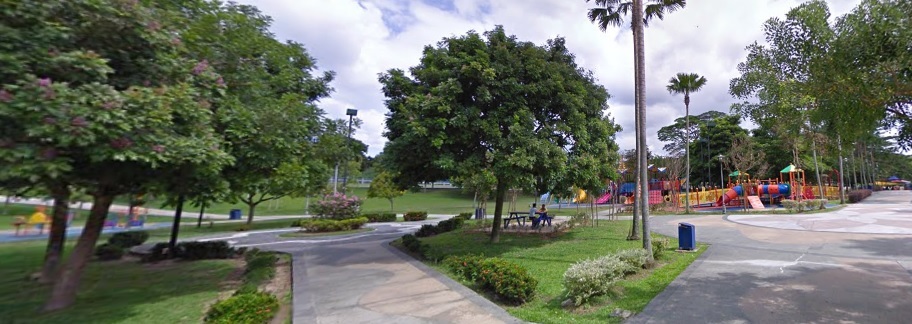
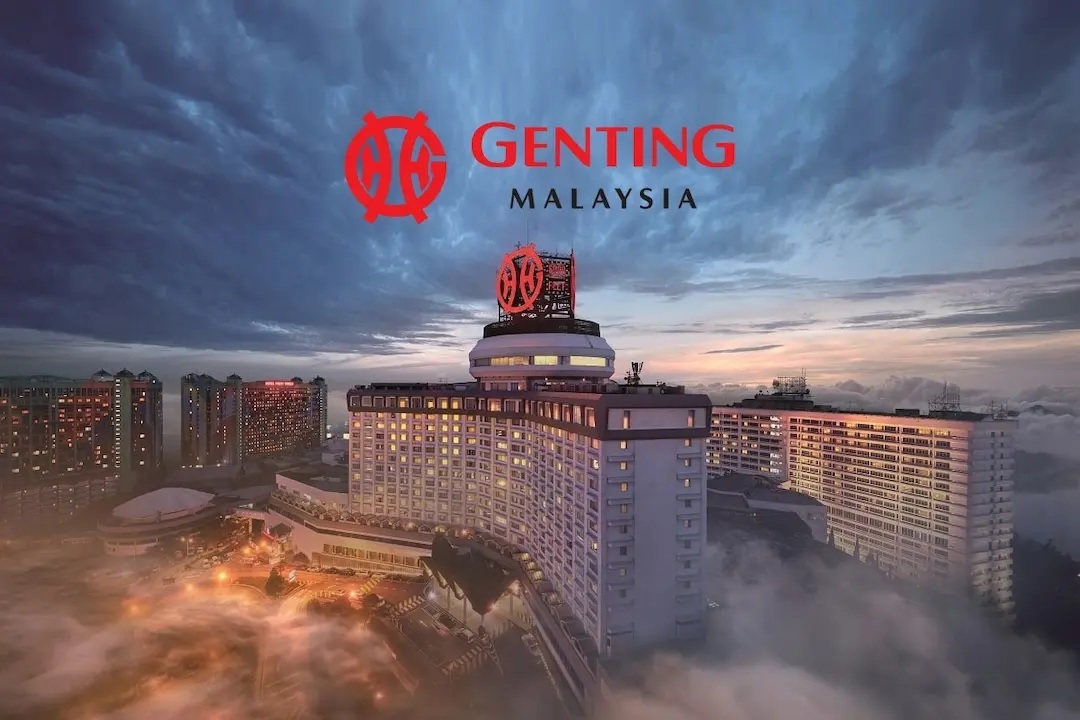
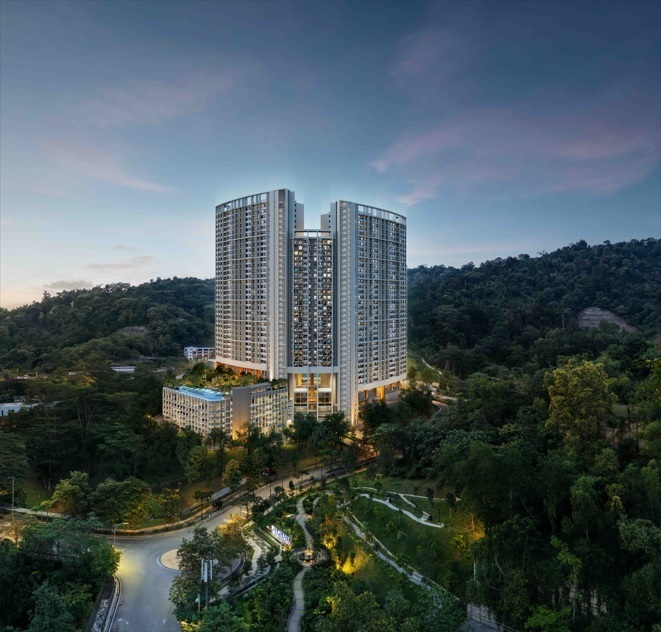

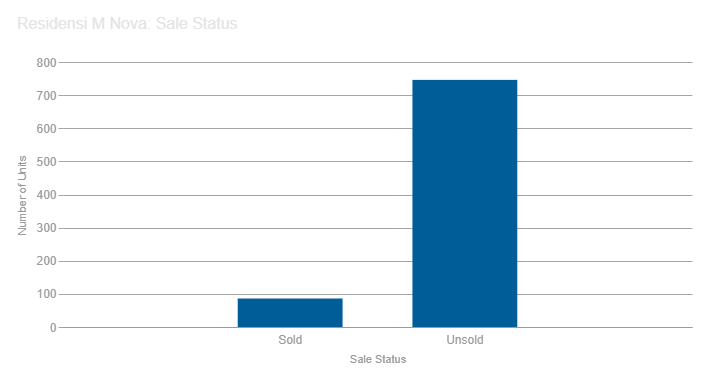
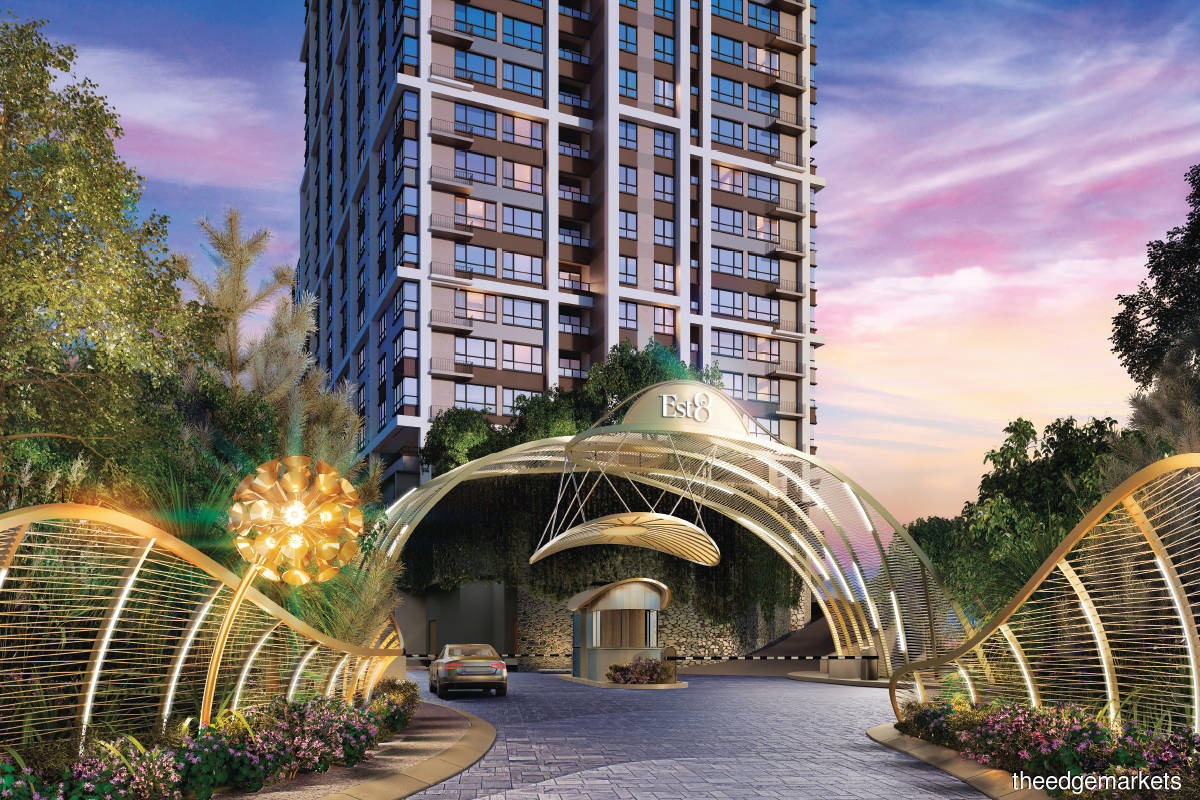


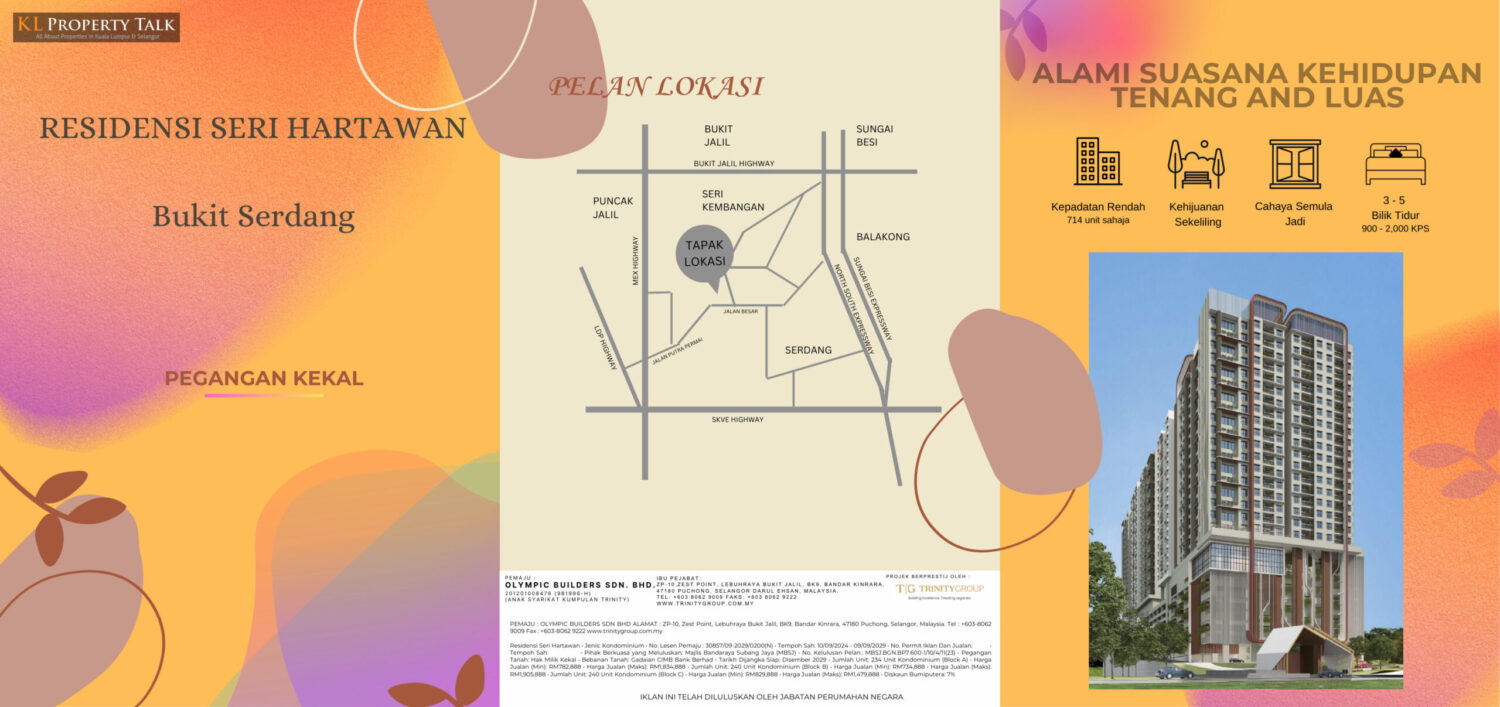





POST YOUR COMMENTS